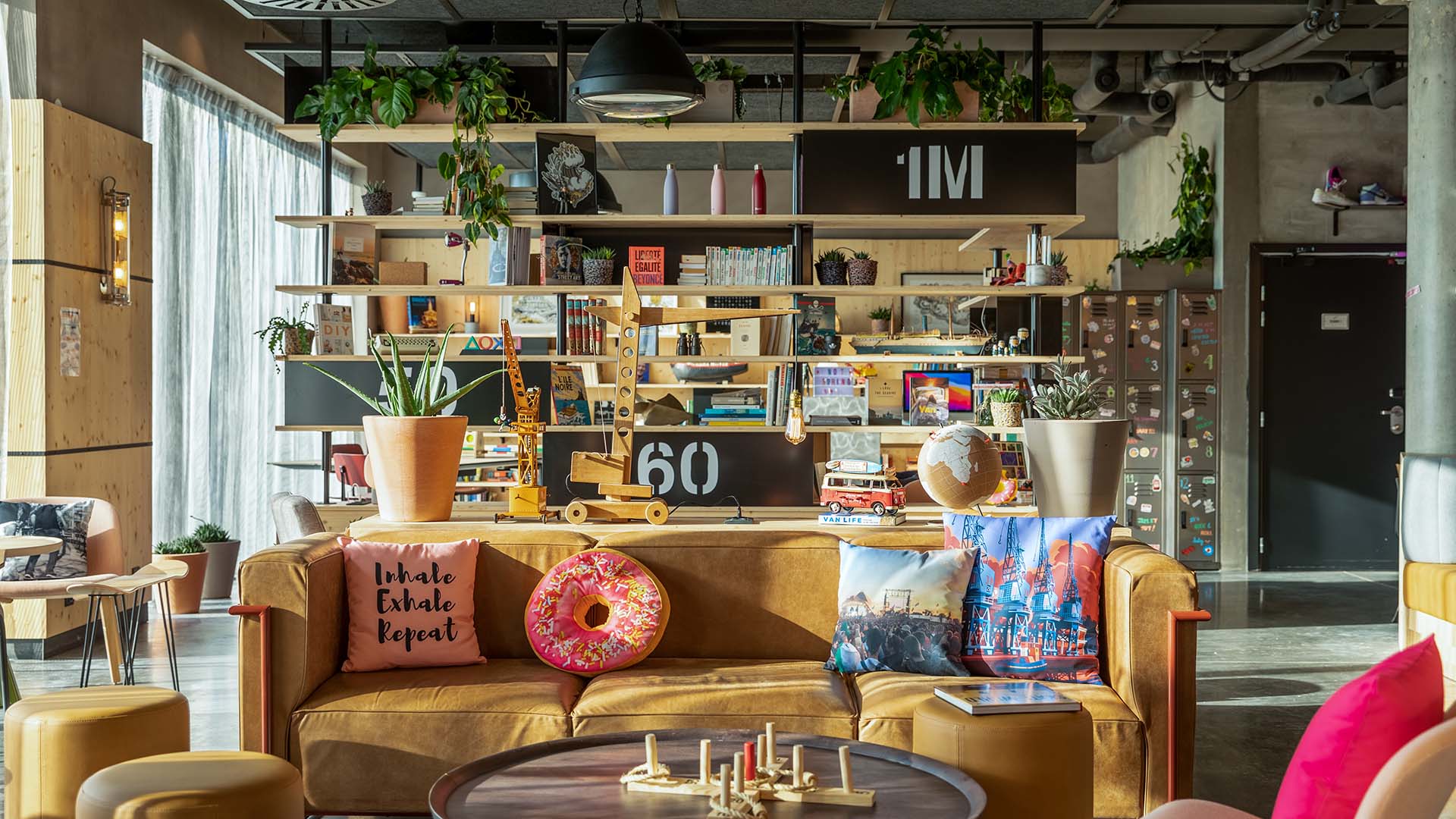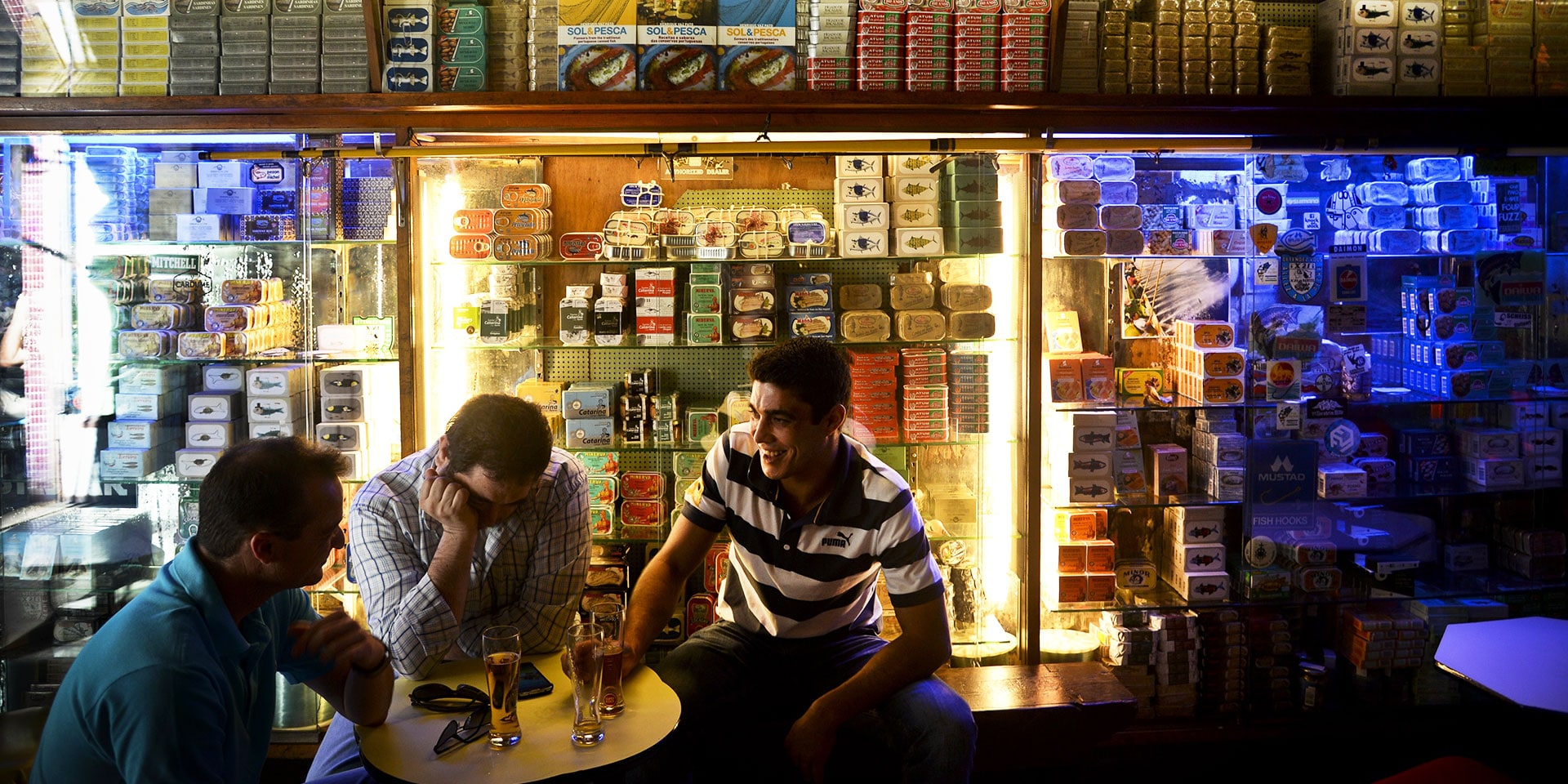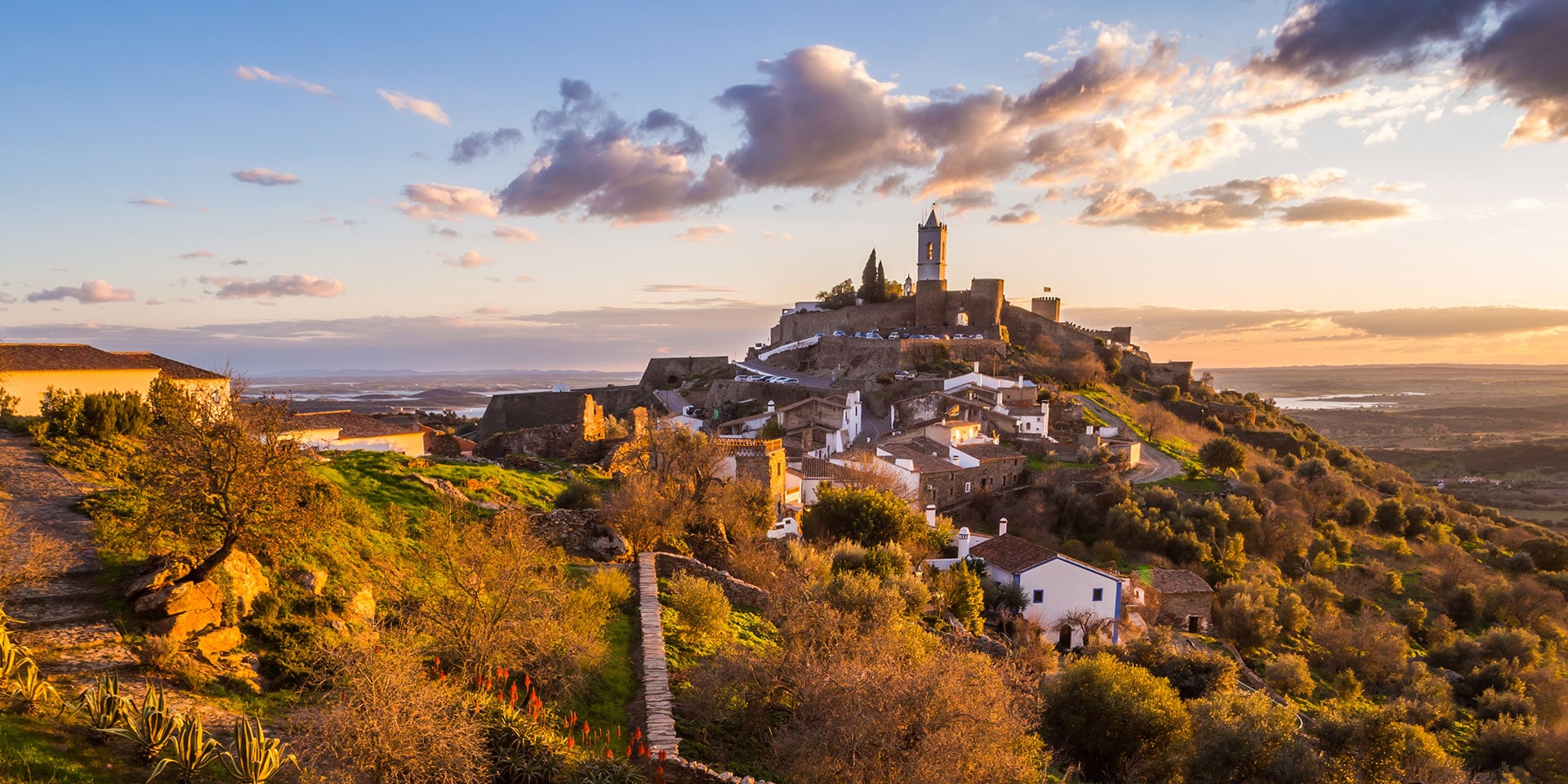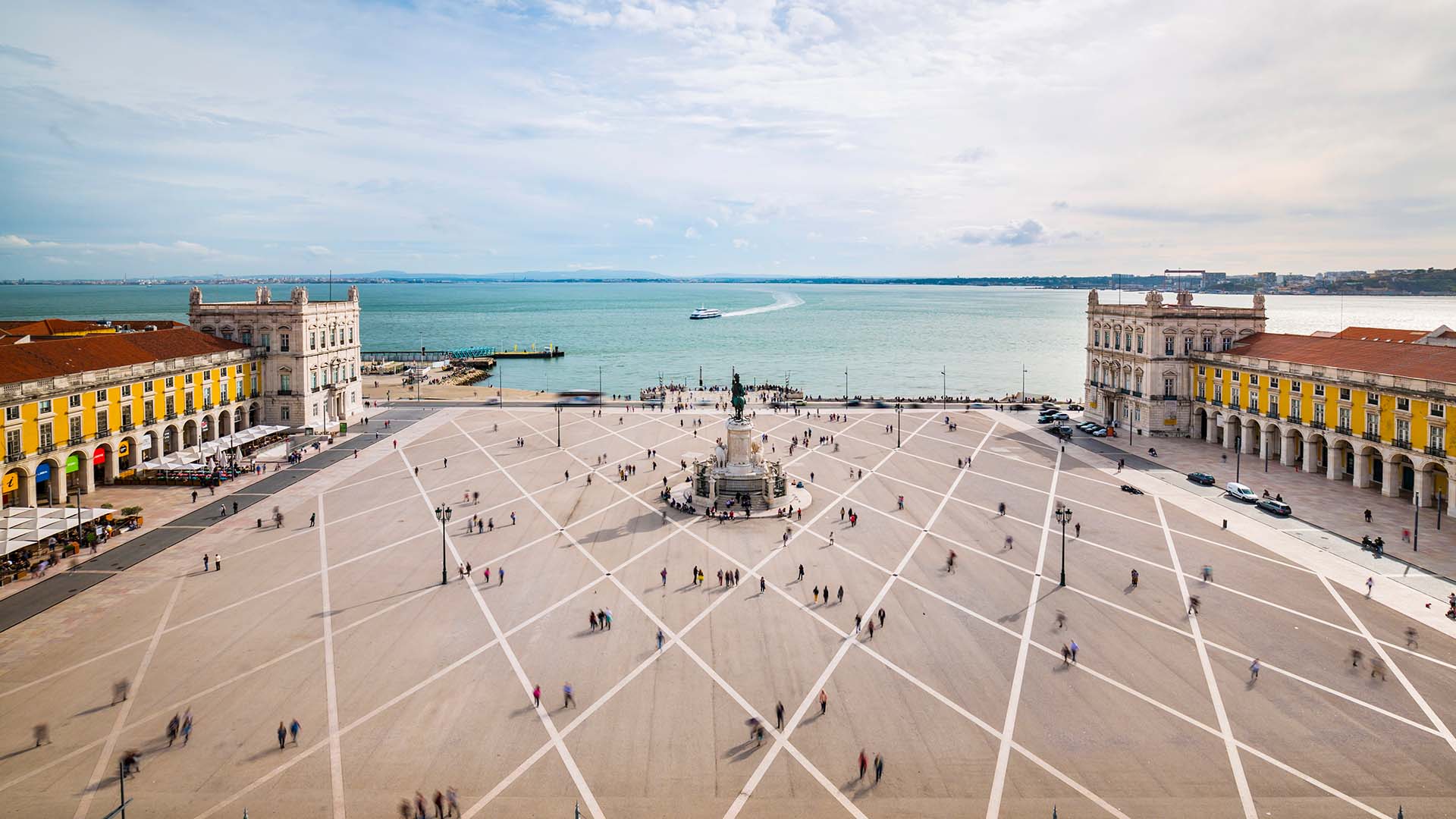
(Photo: Getty Images)
LisbonShine a Light on Portuguese History by Exploring Africa in Lisbon
By Kiratiana FreelonWhen people visit Lisbon for the first time, they are taken aback by the city’s diversity, a legacy of Portugal’s deep history of exploration (and exploitation) of Africa, Asia and South America.
Portugal’s roots in Africa stretch back to the Middle Ages, when the Moors of Northern Africa ruled over the Iberian Peninsula. During Europe’s Age of Exploration from the 1400s through the 1800s, Portuguese ships sailed to Africa, South America and the Caribbean in search of riches. Some of these places became colonial outposts.
The colonial empire that Portugal built is no longer there. But those ties to Africa remain evident in Lisbon. It’s in the buildings that once served as slave markets. It’s in the immigrants from Cape Verde, Angola, Guinea Bissau, São Tomé and Mozambique who call Lisbon home. It’s in the diverse African restaurants and markets that serve locals and the immigrant community.
Naky Gaglo recognized Lisbon’s natural African roots immediately when he arrived in the city four years ago, having already lived in Germany and Spain. In 2015 he launched his Africa in Lisbon tour. “The African people in Lisbon looked like they belong to the city,” said Gaglo, who is originally from Togoland. “Nobody stares at me when I walk the streets.”
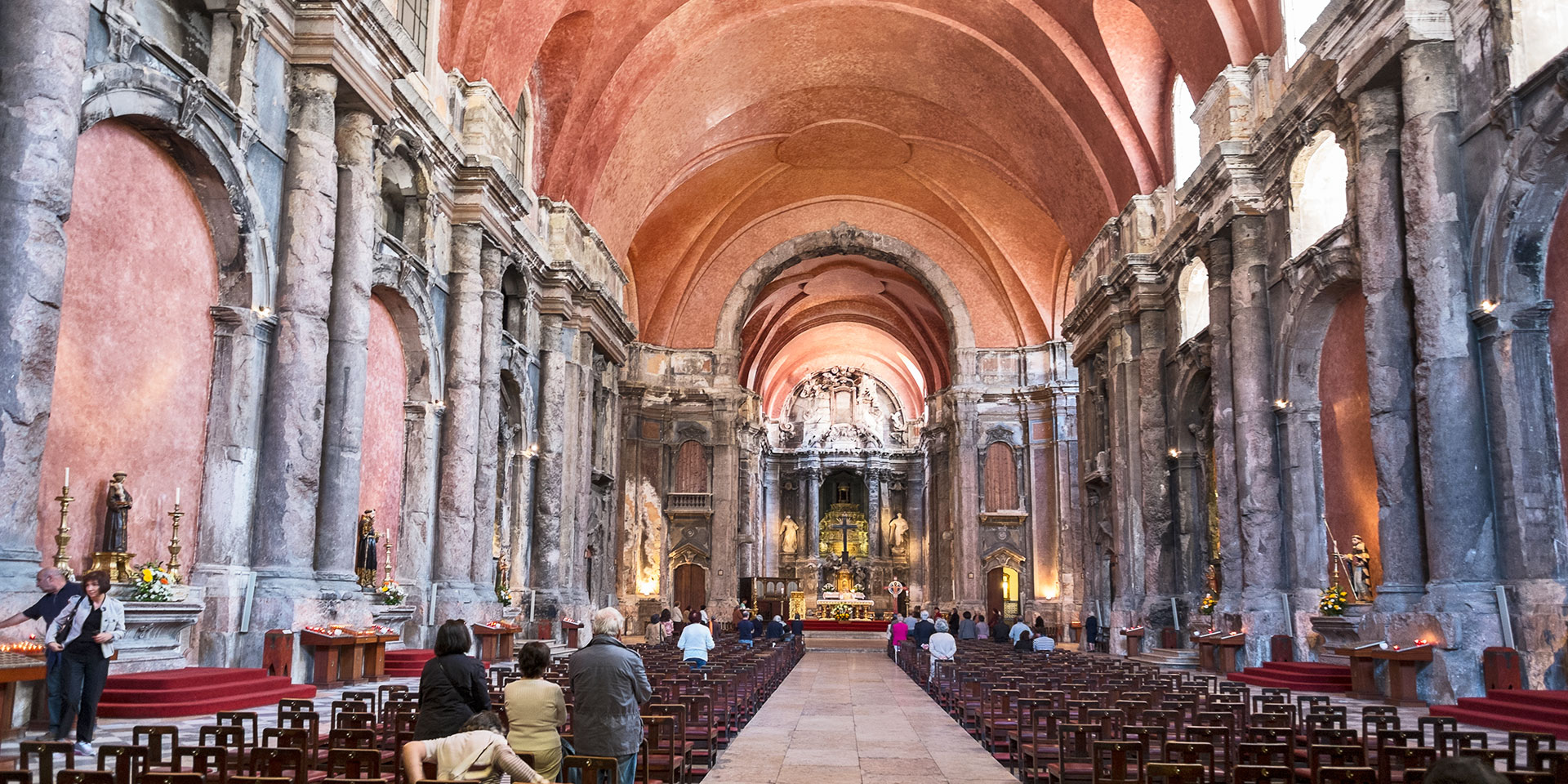
His five-hour walking tour is one of the most popular tours for people who want to explore African history in Lisbon.
Gaglo’s curiosity about the subject led him to research Portugal’s connection with Africa. Although that connection is so evident in the city’s population, its background has historically been kept quiet. “Slavery, colonialism, African history are not really talked about here,” Gaglo said. “All of those topics are very important to talk about. We cannot ignore the African presence because then it wouldn’t [be] Lisbon.”
It’s an open secret that in the 15th century, Portugal became the first country to exploit chattel slavery in Africa, where people were bought and sold and transported to Europe and the Americas.
Even so, Lisbon has also always had a significant free African population. In the 15th century, the elites of the Kingdom of Congo traveled to Portugal to study. It is estimated that Africans made up 10 percent of Lisbon’s population in the 16th century. In fact, a famous 16th-century painting of Lisbon, “Chafariz d’EL-Rey,” shows Africans as knights, dancers and sailors.
Still, in December of 2017, the people of Lisbon voted for a monument in memory of the lives lost to the slave trade to be built on the banks of the River Tagus where slave ships once unloaded.
Below are a few places that Gaglo highlights on the tour:
General Marquês de Sá da Bandeira Statue
General Marquês de Sá da Bandeira helped abolish slavery in Portuguese territories in 1869. Now there’s a statue of him in Praça D. Luís. But unfortunately, given Portugal’s involvement in the slave trade, this is the only monument dedicated to the abolition of slavery and the slave trade. Below the general there is a figure of a Cape Verdean woman with a child who is giving thanks to the general for her freedom.
Mesa Kreol
Cape Verde is an island off the coast of Senegal, and many of its natives have migrated to Portugal. Mesa Kreol is Lisbon’s top-rated Cape Verdean restaurant, though the chef here also makes sure to include specialties from Brazil and Mozambique.
Praça do Comércio
The centerpiece of Gaglo’s tour is Lisbon’s commercial plaza, Praça do Comércio, where in the 16th and 17th centuries, captured Africans were brought to be sold to the highest bidder. The Portuguese government had already created the “Casa dos Escravos,” (Slave House) in the 15th century to regularize the arrival, taxation and selling of the captured Africans.
Santa Catarina Neighborhood
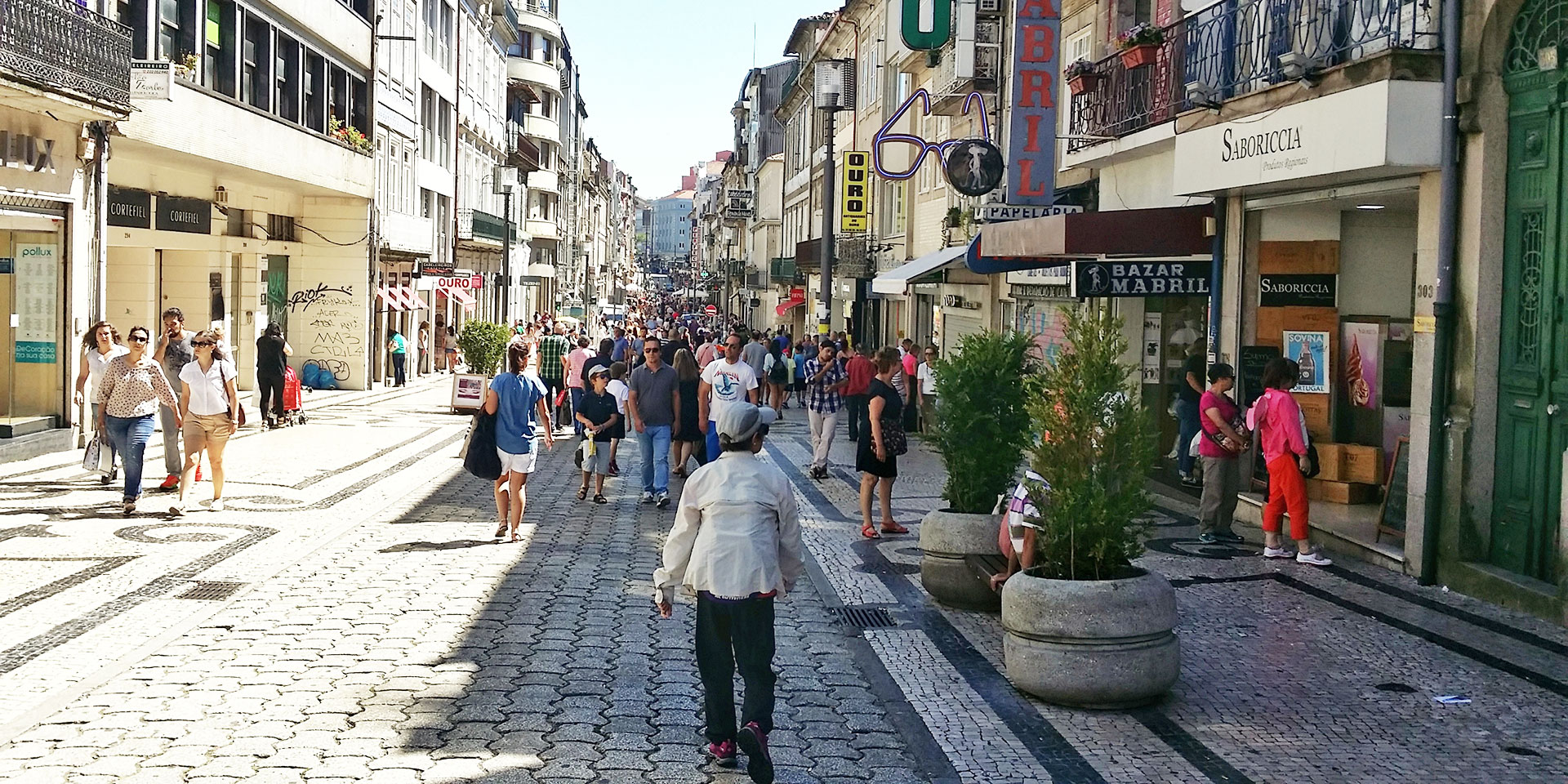
In the 16th century, this neighborhood was called Mocambo, meaning “hideout,” because free Africans settled there and created a community. Many of these people worked in the houses of rich Portuguese. Gaglo’s tour even points out where a mass burial of deceased enslaved Africans once existed on Rua do Poço dos Negros (Street of the Blacks’ Pit).
Kalema Club
Lisbon has several nightclubs that cater to African musicians and the African community. Kalema Club features Angolan musicians and attracts locals who want to dance the kizomba, a slow, sensual couples’ dance.
Igreja de São Domingos
In the 15th century, blacks in Lisbon created their own black catholic brotherhood at this church. The brotherhood lasted until the end of the 19th century.





